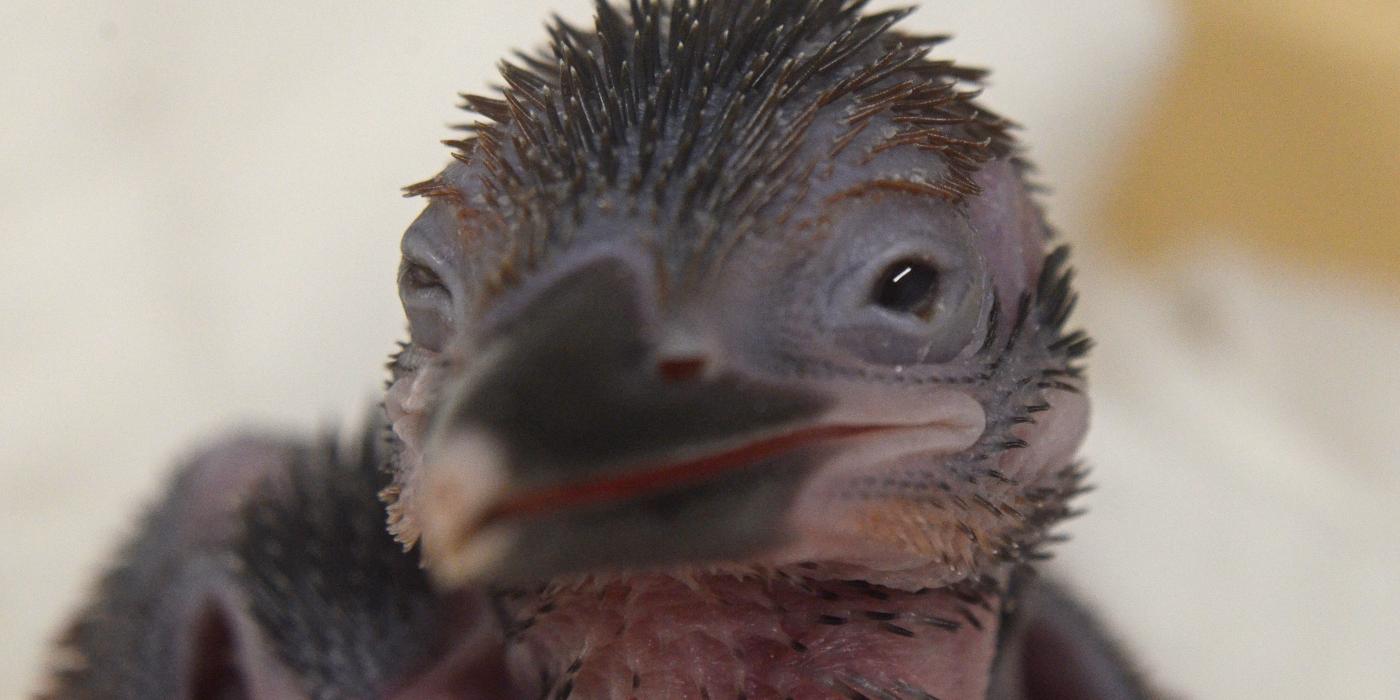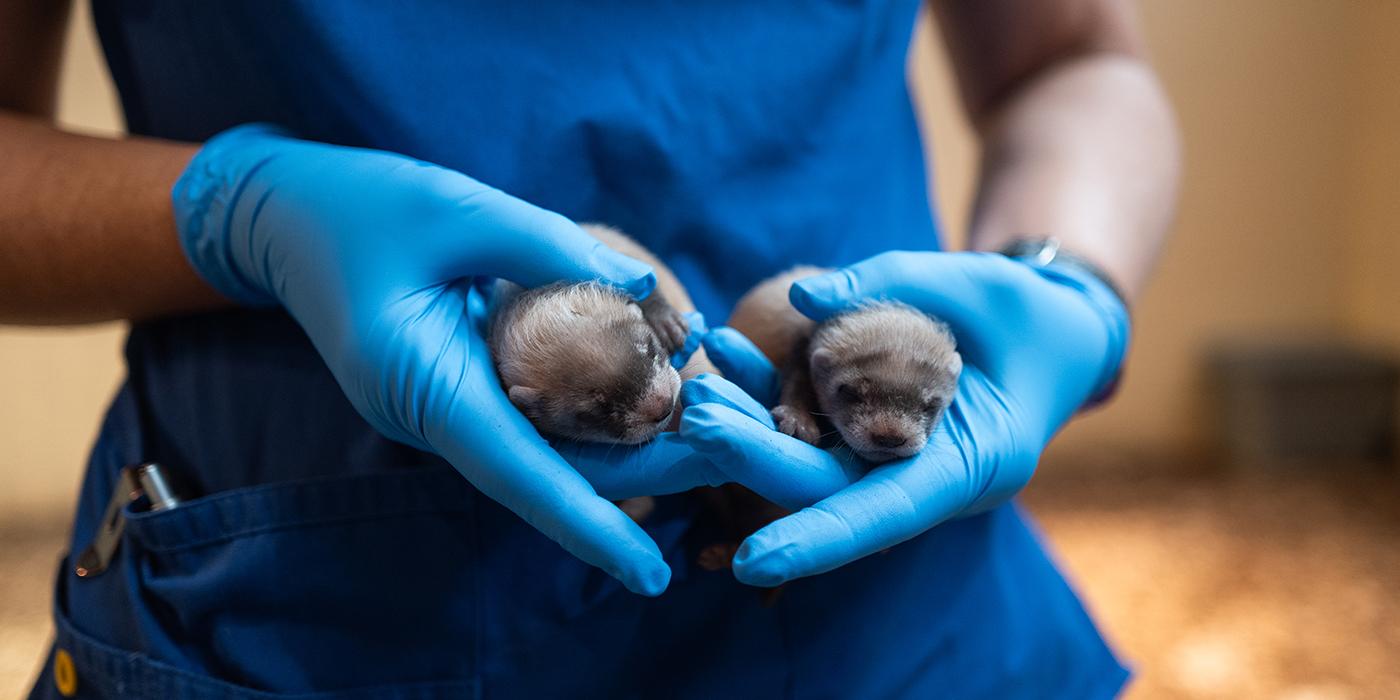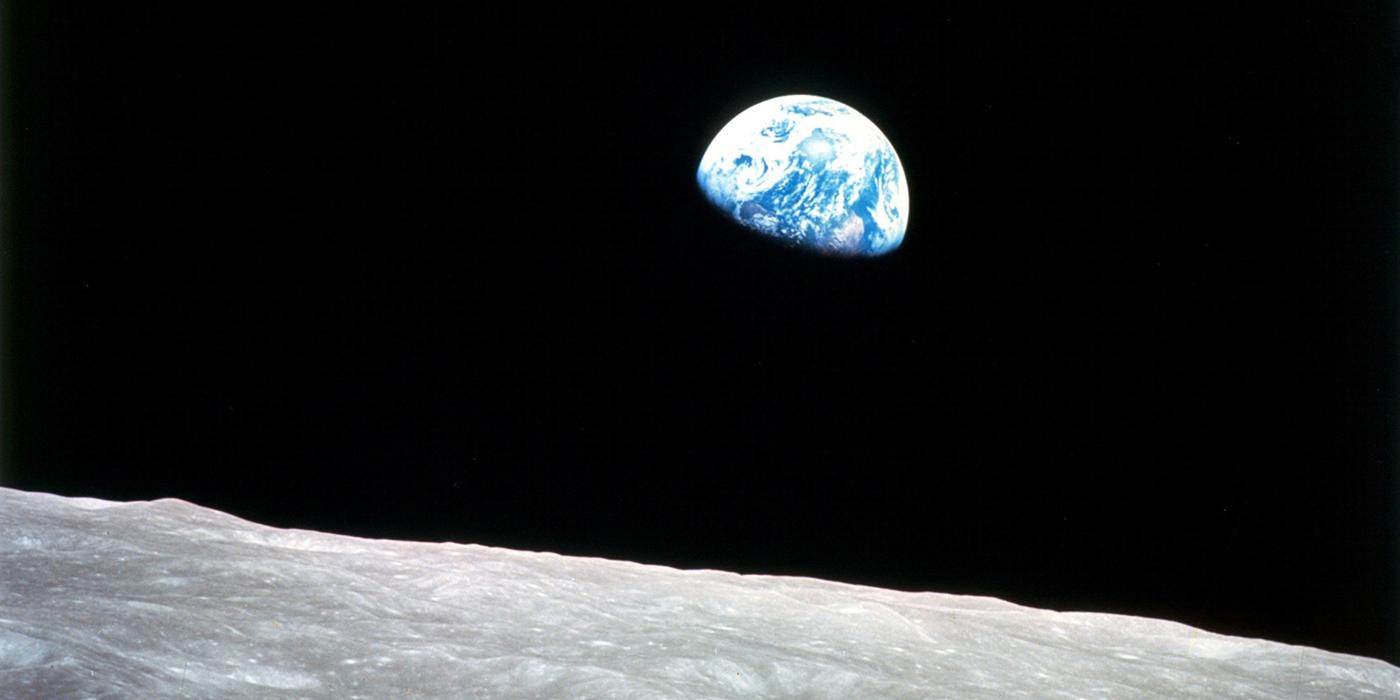Guam Kingfisher Hatches at Smithsonian Conservation Biology Institute

A female Guam kingfisher, a brightly colored bird and one of the most endangered bird species on the planet, hatched at the Smithsonian Conservation Biology Institute in Front Royal, Virginia, May 17. The Guam kingfisher is the most endangered species living at SCBI. There are about 140 Guam kingfishers in the world and they all live in human care.
By June 13, she was starting to get a hint of her adult plumage. When she is fully mature, the feathers on her breast will be white, her body will be cinnamon-colored, her wings will be greenish and her tail will be blue.
It has been four years since the last chick hatched at SCBI. Guam kingfishers are notoriously difficult to breed. They are territorial and it has been difficult to match compatible breeding pairs. The chick’s mother and father moved to SCBI from the Saint Louis Zoo in 2016 and 2014, respectively. This was the first fertile egg they have produced together. However, since the pair did not display appropriate parenting behaviors, keepers artificially incubated the egg and are hand-raising the chick.
The incubation period for Guam kingfishers is relatively short — only 21 to 23 days. The chick hatched after 22 days. During the incubation, keepers candled — or shined a light against the shell of the egg — to track the chick’s development. When it hatched, the chick weighed 5.89 grams. For the first seven days, keepers fed it every two hours between 6 a.m. and 6 p.m. The chick eats chopped mice and crickets, mealworms and anoles. Keepers are gradually decreasing the number of feedings until the chick is 30 days old and ready to fledge the nest.
All existing Guam kingfishers are descended from 29 individuals. They were taken from the wild into human care in the 1980s to create a breeding program to save the species from extinction. SCBI hatched its first chick in 1985. Since then, 19 chicks have hatched at SCBI as part of the Guam Kingfisher Species Survival Plan.
This story appears in the July 2018 issue of National Zoo News.
Related Species:


